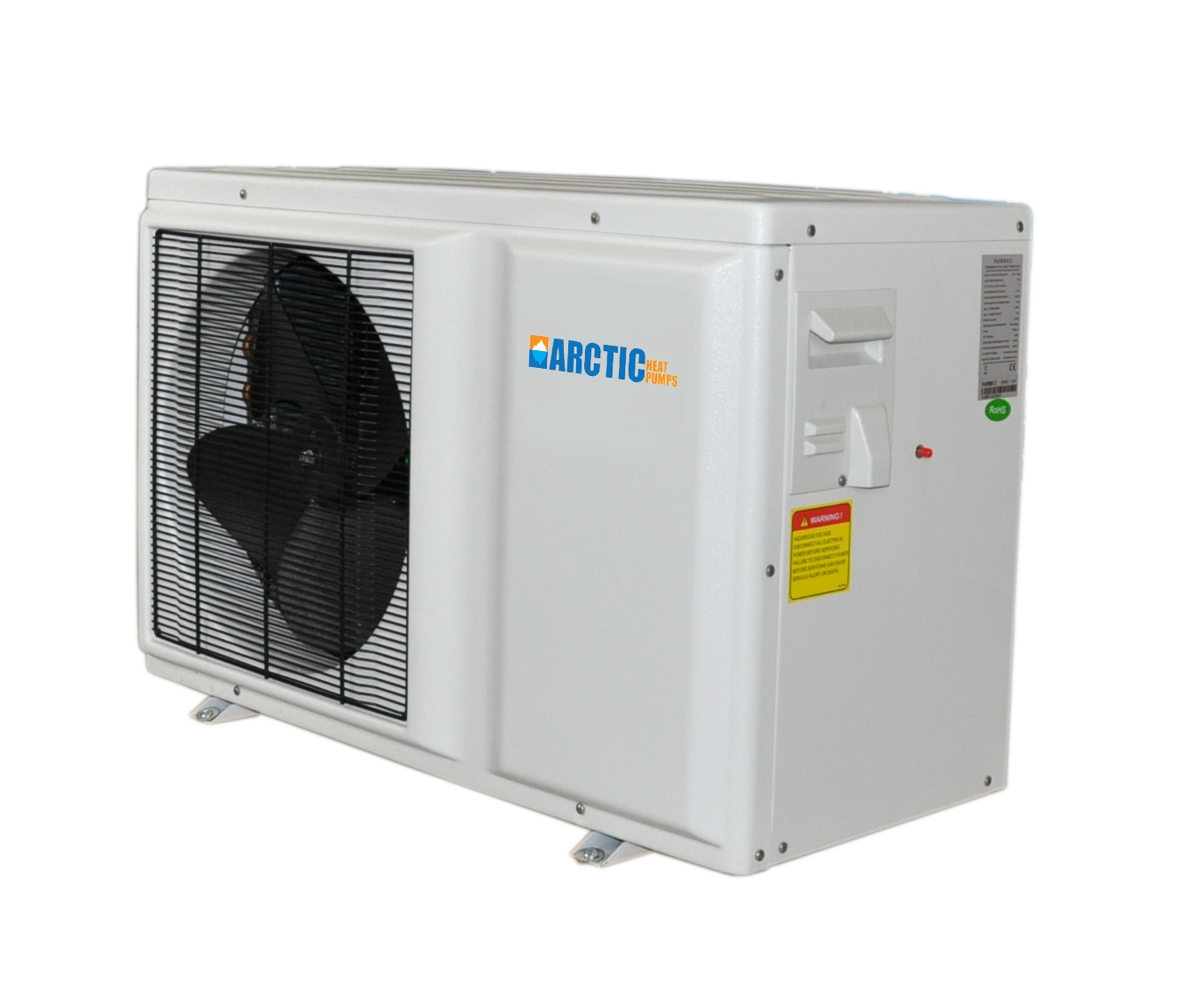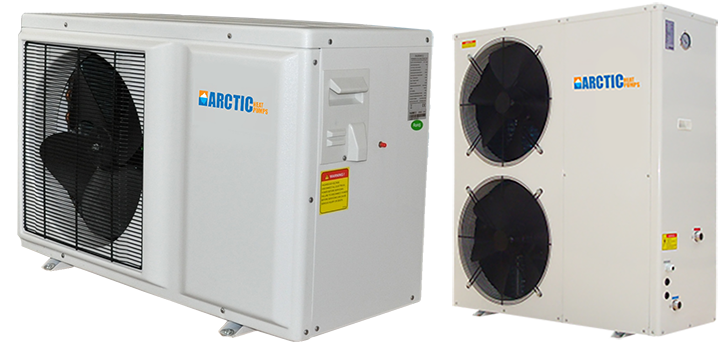Are you looking for the most energy efficient air source heat pump in the market? Want your heat pump to work really well in cold climates like North America? If yes, then you should look no further than Arctic Air Source Heat Pump. This technology is considered as a highly efficient and reliable one for its hydronic heating and cooling applications.

Generally, an Arctic series air source heat pump is perfectly engineered to integrate with a solar thermal heater. After the integration, the system can deliver optimal efficiency and operational costs. Solar thermal system is a right combination to use along with an air source heat pump which can add an extra of 47,000 BTU per day on an average per collector.
These heat pumps come with Sun Rain solar evacuated tube collectors that can help you deliver hot water to the system even in the coldest North American winter. These collectors are considered as the state of the art technology in North America and come with a 10 years warranty.
The solar vacuum tubes deliver a high level of efficiency that allows the system to produce energy even during cloudy weather. The solar thermal systems deliver 80% efficiency rating that means they capture and deliver 80% of the solar energy.
As compared to solar PV panels, you will receive 13-16% efficiency. Now you know why solar thermal systems are popular even in the areas with the lowest electricity costs around the world.

How Does the Arctic Heat Pump Integrating Solar Thermal System Work?
Solar evacuated tubes come with state-of-the-art heat pipe technology that helps in transferring their energy to a heat bulb. The heat bulb can attain temperatures of 300C. Every collector comes with 20 or 30 bulbs, which are inserted into an insulated copper header, well-known as a heat exchanger.
The heat pipes are responsible for heat energy transfer to the header and the special glycol heating fluid. Every header comes with 2.2 liters or 0.6 gallons of heating fluid. A temperature sensor is inserted into the header heat exchanger.
There’s a second temperature sensor present in the bottom part of the heat pump buffer tank. A differential controller with a pump unit helps in identifying both temperatures. The heat pump gets activated and the energy transfer starts when the heat fluid present in the top of the collector exceeds the water temperature in the tank.
The hot heating fluid is circulated throughout the large heat exchanger present in the bottom part of the tank. After that, the energy is transferred to the storage tank which will be delivered to the remaining part of the residential heating system.
When it comes to integrating an air to water heat pump, solar thermal systems are a perfect combination you should opt for as both of them have the same glycol heating fluid. Other than air to air heat pumps, the hydronic heat pumps and solar thermal kits have exactly the same principle of energy storage of a thermal mass or buffer tank.
Most homeowners are always looking to minimize energy costs and should definitely consider the benefits of an air to water heat pump with a solar thermal system to increase overall performance and less operational costs.
If you’re thinking of investing in the best cold weather air source heat pump, you should look no further than Arctic Heat Pumps. For more information, feel free to contact us today at +1 866-800-8123.


- -25C heat pump
- air source heat pump
- chiller for pools
- Chillers for Swimming Pools
- cold weather heat pumps
- Heat Load Design
- Heat Load Design
- Heat Loss Design Services
- Heat Pump
- Heat Pump Cold Weather
- Heat Pump for Hot Water
- Heat Pumps
- heat pumps in Nova Scotia
- Hydronic Air Handler
- Inverter Heat Pump
- Inverter Heat Pump
- radiant floor cooling
- radiant floor Design
- radiant floor Design
- radiant floor Design
- Spa Heat Pump
- Swimming Pools